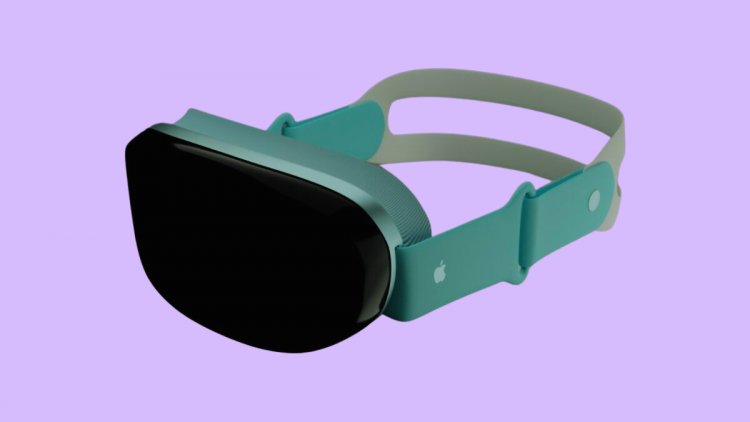Exploring Apple's Augmented Reality (AR) Vision
Apple has been investing heavily in augmented reality (AR) technology, creating a buzz among tech enthusiasts and industry experts alike.

Introduction:
The realm of technology is constantly evolving, and one company that consistently pushes the boundaries is Apple. With its commitment to innovation, Apple has been investing heavily in augmented reality (AR) technology, creating a buzz among tech enthusiasts and industry experts alike. In this article, we will delve into the exciting world of Apple AR and explore the potential it holds for revolutionizing various industries, from gaming and education to healthcare and beyond.
- The Rise of Augmented Reality: Before we dive into Apple's involvement in AR, let's first understand the concept itself. Augmented reality combines the virtual and real worlds by overlaying digital information onto the physical environment, enhancing the user's perception and interaction with their surroundings. This technology has gained significant traction in recent years, thanks to its applications in gaming, navigation, and even home decor.
- Apple's ARKit: Empowering Developers: Apple made a groundbreaking move by introducing ARKit, a software development framework designed to enable developers to create immersive AR experiences for iOS devices. ARKit seamlessly integrates with Apple's existing hardware and software ecosystem, offering developers a robust platform to build upon. This move has encouraged the development of countless AR-powered apps and games, allowing users to explore new dimensions of interactivity and entertainment.
- Apple Glasses: A New Era of Wearable AR: Apple's foray into AR goes beyond smartphones and tablets. Rumors and speculations have been circulating about the potential launch of Apple Glasses, a wearable device that brings AR directly to your eyes. These smart glasses would overlay digital information onto the wearer's field of view, opening up endless possibilities for hands-free interaction with the digital world.
Apple Glasses are expected to offer features like real-time navigation, contextual information, and seamless integration with other Apple devices. The glasses might incorporate advanced sensors, cameras, and an intuitive user interface, revolutionizing how we perceive and interact with our surroundings. While Apple has remained tight-lipped about the project, industry experts predict that the release of Apple Glasses could be a game-changer in the AR landscape.
- Transforming Industries with Apple AR: The potential applications of Apple AR extend far beyond entertainment and gaming. Various industries are exploring the possibilities of integrating AR technology into their operations. Here are a few areas where Apple AR could make a significant impact:
- Education: Imagine students being able to visualize complex concepts through interactive 3D models or taking virtual field trips without leaving the classroom. Apple AR has the potential to revolutionize education by making learning more engaging, immersive, and accessible.
- Healthcare: From surgical training to patient care, AR can enhance the capabilities of healthcare professionals. Surgeons could overlay vital information onto their field of view during operations, improving precision and minimizing errors. AR-powered apps could also assist in patient rehabilitation and mental health treatment.
- Retail: Apple AR has the potential to transform the retail experience, allowing customers to virtually try on clothes, visualize furniture in their homes, or even see how a new car would look in their driveway. This technology can bridge the gap between the physical and digital shopping experiences, enhancing customer satisfaction and boosting sales.
- Architecture and Design: Architects and designers can leverage AR to create virtual walkthroughs of buildings, allowing clients to visualize spaces before construction begins. This technology can streamline the design process, improve collaboration, and reduce costs.
Conclusion:
Apple's commitment to AR technology is evident in its investments and strategic moves. From empowering developers with ARKit to the potential launch of Apple Glasses, the company aims to redefine how we interact with the world around us. As industries embrace the possibilities of Apple AR, we can anticipate a future where our daily lives are enriched with immersive experiences, enhanced productivity, and seamless integration between the physical and digital realms. While the full potential of Apple AR is yet to be realized, one thing is certain: we are on the brink of an augmented reality revolution, and Apple is at the forefront of this exciting journey.











